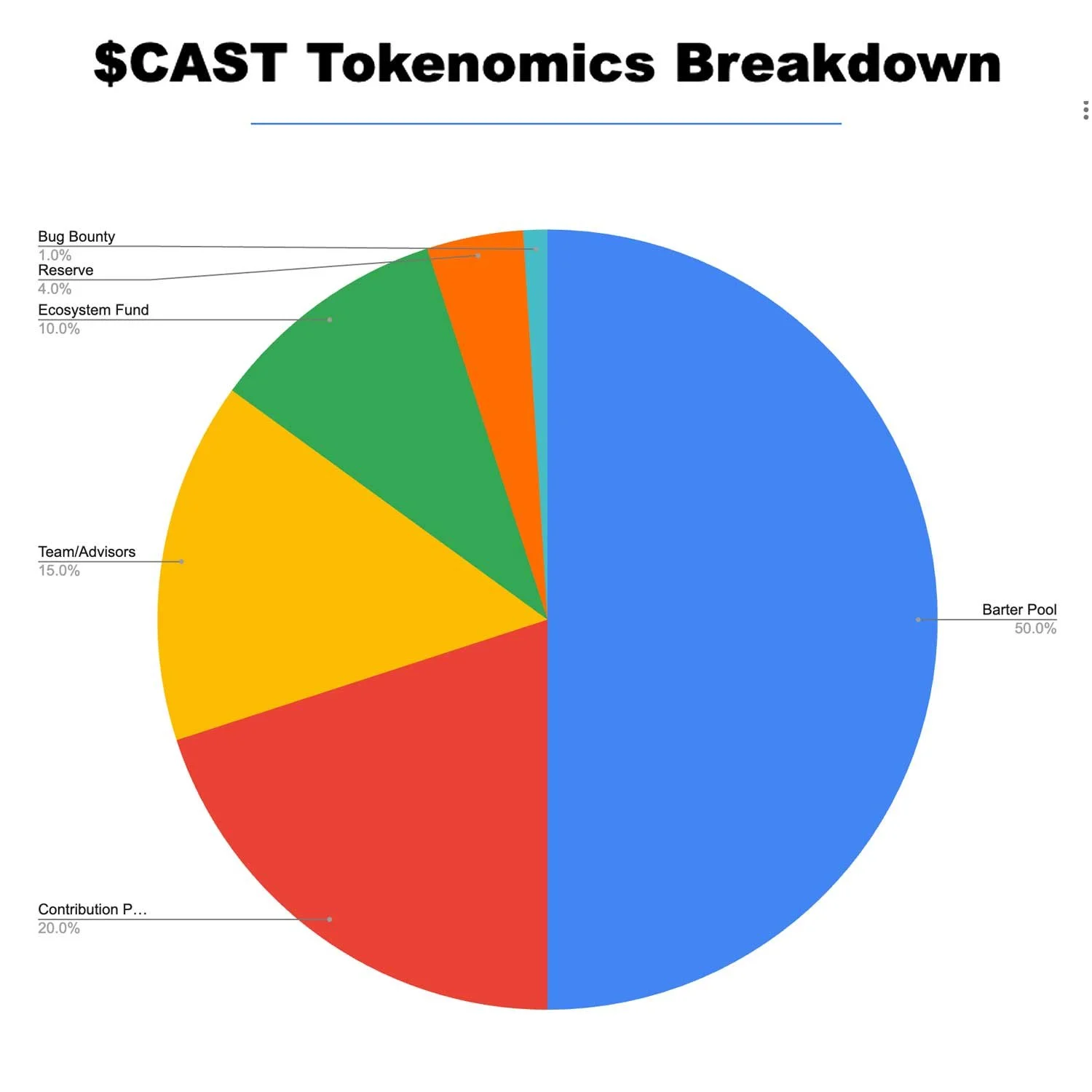A Look Back at the Casting Coin $CAST White Paper
A few years ago, before Ethereum was a buzzword and blockchain was mainstream, I sat down to tackle a problem I knew all too well: the chokehold of talent agents. As a fashion photographer, I’d seen the booking world’s inefficiencies up close—costly intermediaries skimming 20% or more off deals, even when talent and brands found each other organically on platforms like Instagram. It was a system ripe for disruption, and I had a hunch that a then-nascent technology called Ethereum could be the key. That hunch became the Casting Coin whitepaper—a blueprint for a decentralized talent platform that, looking back, might have been too early for its time. Maybe it still is.
CUTTING OUT THE MIDDLEMAN
The idea was simple but bold: cut out the middleman. Casting Coin would let talent—starting with models—and brands connect directly, slashing fees to under 2%. At its heart was $CAST, an Ethereum-based cryptocurrency designed not just for bookings but to power a whole creative economy. Talent could earn $CAST, spend it with partners like hotels or beauty brands, or trade it on exchanges. Brands could reinvest it, and a community of “Influencers” would rate talent profiles, earning $CAST for quality votes and facing penalties for spam. It was a meritocracy where the crowd and industry leaders, not agents, decided who rose to the top.
HYBRID BARTER ICO & CONTRIBUTION POOLS
Grab the full whitepaper here
What made it stand out was the funding model: a hybrid ICO blending barter and contribution pools. Half the $CAST supply (50 million tokens) would be earned through services—think developers coding for $50/hour in $CAST, or ambassadors hosting events for a fixed token haul. The other 20% (20 million tokens) would be sold at tiered pricing to raise $1–2 million, seeding liquidity and covering launch costs. This mix aimed to bootstrap the platform without a traditional cash grab, staying true to an ethos of inclusivity. The whitepaper laid out a $CAST-driven flywheel: talent earns, spends, and fuels a self-sustaining ecosystem, all on Ethereum’s blockchain.
Back then, Ethereum was still finding its footing—smart contracts were new, and Layer 2 solutions like Polygon weren’t even a whisper. I saw its potential to log transparent, incorruptible interactions, perfect for a trust-based talent network. The whitepaper proposed a platform where profiles showcased portfolios, ratings built reputations, and $CAST rewards gamified engagement. It was a vision of autonomy and profitability, sidelining the archaic agent industry with crypto chops.
TOO SOON, BUT THERE’S ALWAYS TOMORROW
But timing matters. Written back then, Casting Coin’s decentralized dream was a tough sell—blockchain wasn’t ready for mass adoption, and the creative world wasn’t quite there either. The tech was raw, the market untested. So, I pivoted. I built Casting Coin as a centralized platform instead, keeping “coin” in the name because you never know…
Talent gallery on the Casting Coin centralized platform.
Re-reading the whitepaper now, I’m struck by its prescience—and its lingering relevance. The hybrid ICO was a novel twist on crowdfunding, $CAST’s economy foreshadowed today’s token-driven ecosystems, and the meritocracy idea still feels fresh in a world of gatekeepers. Was it too early then? Probably. Is it still ahead of its curve? Maybe. Blockchain’s come a long way—Ethereum’s upgrades, Layer 2 scaling, and crypto’s mainstreaming make the Casting Coin vision more feasible now than ever.
This whitepaper is a snapshot of a moment when I bet on a future others hadn’t seen yet. From the runway to the blockchain, it’s my early stab at solving real industry pain points.
Want to check it out? Grab the full whitepaper here and let me know what you think in the comments.


